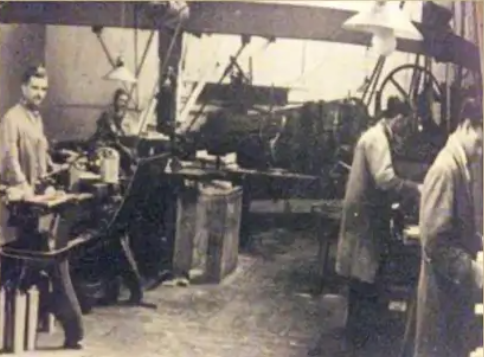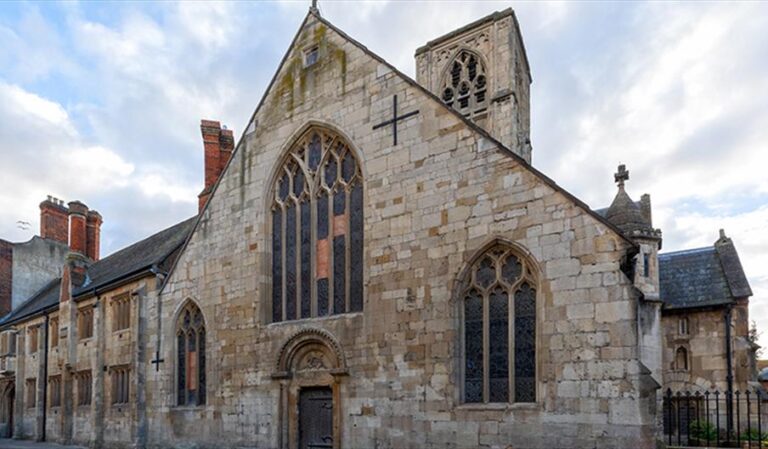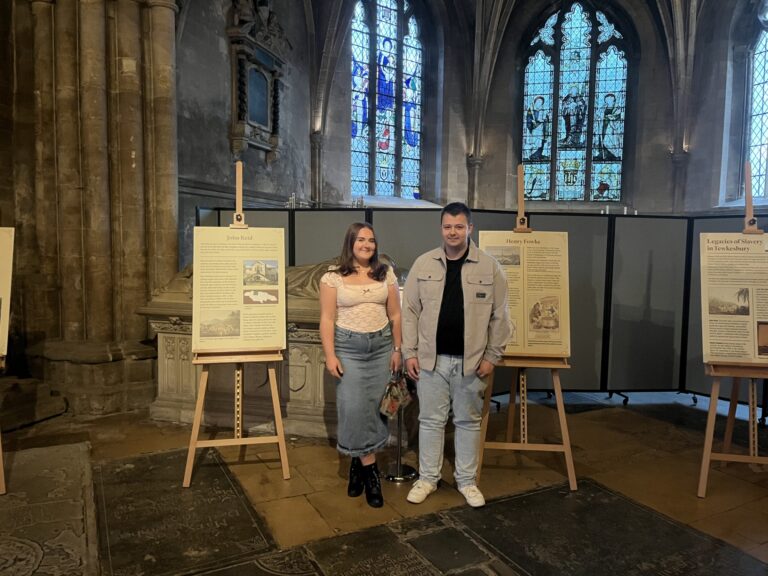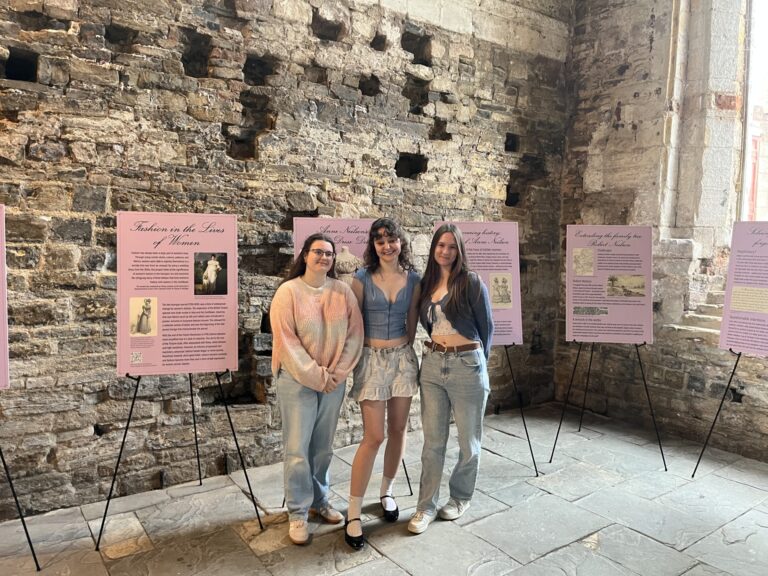| CC4HH
Cheltenham’s Wartime Artisans
This project was conducted by Jason Thomas.
Remembrance celebrations are held to honour the alumni of St Paul’s Practising School and St Paul’s College located at Frances Close Hall (now part of the University of Gloucestershire) who died during World War II.
In the local area, still at a young age, many men lived with their parents in the streets along Swindon Road. The houses on these streets were built purposely with skilled workers in mind, creating a working-class community.


Many of Cheltenham’s young men worked in local businesses in jobs such as bakers, salesmen, draughtsmen, engineers and aircraft mechanics. These jobs were vital to the local economy. Dowty Equipment Ltd and its associated companies were formed in Gloucester in 1940 by George Dowty. The main factory of Arle Court, located 3 miles from Cheltenham (aerial picture shown to the left), employed around 1500 people making components such as hydraulics, electrical systems and warning devices. These employees made a significant contribution not only to the local economy, but also to the country’s war effort as a whole.



In Memoriam
Six of the St Paul’s residents who lost their lives during World War II serving for the Commonwealth Forces:
1. Private George D. Barrow (24) served in the 12th (Airborne) Battalion, The Devonshire Regiment until 1945.
2. Private Ronald Clift (19) severed in the 2nd Battalion, The Gloucestershire Regiment until 1944.
3. Flying Officer (Navigator) Gerald H. Cruwys (22) was serving in the Royal Air Force 635 Squadron when he was killed in 1944.
4. Lance Corporal Alfred O.W. Greening (23) served in The Welch Regiment until 1944.
5. Ordinary Seaman Bernard Hughes (22) served on the cruiser Gloucester until 1941.
6. Private Cecil D. Steel (24) served in the 1st Battalion. The Gloucestershire Regiment until 1946 when he succumbed to injuries after being severely wounded.
Many young heroes worked in Cheltenham not only serving their community in the fledgling aircraft industry, developing, building and testing new technologies, but they also proudly served their country with immense courage and fearlessness that deserves to be remembered.
See also the websites of the Imperial War Museum and the Commonwealth War Graves Commission.



